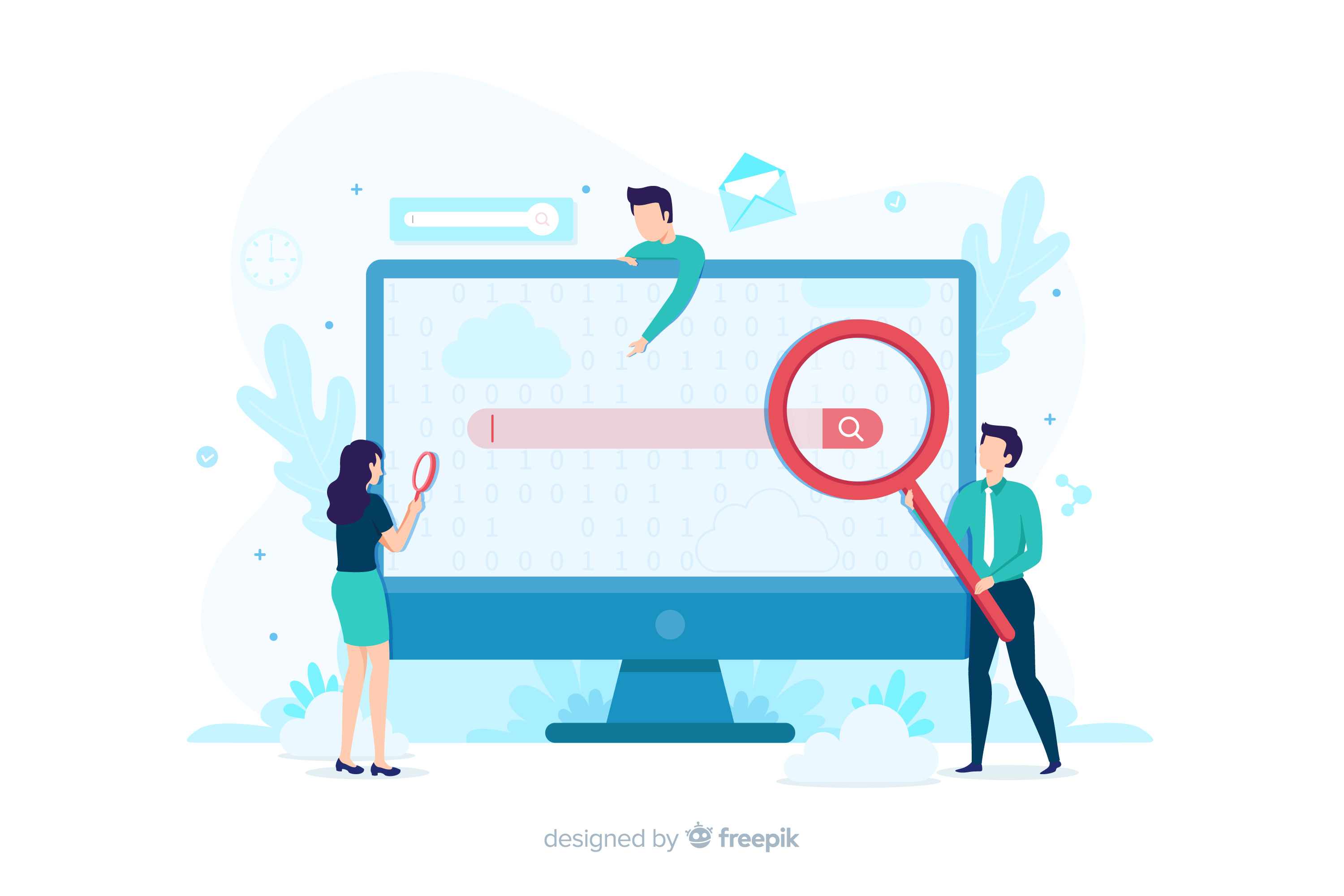When you type something like “best vegan restaurants near me”, Google instantly shows millions of results , but only a few make it to the top. So, how does Google decide which pages deserve those top spots?
The answer lies in three core processes: Crawling, Indexing, and Ranking.
Step 1: Crawling , How Google Discovers Content
Imagine Google as a librarian trying to explore every new book in the world.
To do this, it sends out small digital “spiders” (known as crawlers or bots) that travel across the internet, discovering web pages.
These bots follow links from one page to another , much like you’d browse from one article to a related one.
Every link is a pathway for these crawlers. That’s why internal linking is so important.
For example, when you link from this section to your
On-Page SEO
or
Technical SEO
guide, you’re not only helping readers explore related topics , you’re also guiding search engines deeper into your site.
If your website has broken links, missing sitemaps, or pages blocked by robots.txt, crawlers may skip your content entirely.
Pro Tip: Regularly check your website’s crawlability using Google Search Console to ensure every important page is being discovered.
Step 2: Indexing , How Google Organizes What It Finds
Once your pages are crawled, they move to the indexing stage.
This is where Google analyzes your page content, images, videos, and metadata to understand what each page is about.
Think of it as Google’s vast library database , every web page is a “book” stored on its digital shelves.
For example, if your page is about “beginner yoga tips,” Google will store it under categories related to yoga, wellness, and fitness.
During indexing, Google looks for:
- The main keywords you’re targeting
- How your headings (H1, H2, H3) are structured
- Your internal and external links
- Schema markup, which helps explain context (e.g., product reviews, recipes, FAQs)
If your website structure is clean and your content is well-organized, Google can easily understand your pages , and that gives you a better chance to rank.
You can improve this process through
Technical SEO — making sure your site loads fast, uses clear navigation, and avoids duplicate content.
Learn more in
Technical SEO: Strengthen Your Site’s Foundation.
Step 3: Ranking , How Google Decides Who Comes First
Now that Google has crawled and indexed your content, it’s time for the most competitive stage: ranking.
When someone performs a search, Google’s algorithms evaluate hundreds of factors (known as ranking signals) to decide which pages should appear at the top.
Some of the most influential ranking signals include:
- Relevance: Does your content match the searcher’s intent?
- Authority: Do other trusted websites link to your page? (See Off-Page SEO)
- User Experience: Is your website mobile-friendly, fast, and secure?
- Content Quality: Does your content answer the user’s question in depth?
- Engagement Metrics: How long do people stay on your page before leaving?
Each of these signals helps Google determine which results are most useful to the searcher.
It’s worth noting that AI now plays a huge role in this ranking process.
Google’s AI models (like RankBrain and BERT) analyze not just keywords, but context and intent.
So, instead of matching exact phrases, Google tries to understand what the user really means.
You can learn more about how AI shapes SEO in our section
The Role of AI in SEO.
The Continuous Learning Loop
Search engines don’t stop once they’ve ranked your site.
They’re constantly testing and learning based on user behavior.
If users click on your page and stay there , reading, scrolling, and engaging , it signals to Google that your content is helpful.
But if they leave quickly, Google may drop your ranking and push another result higher.
That’s why SEO isn’t a one-time setup , it’s a continuous process of improvement, testing, and tracking.
You’ll explore this further in
Tracking and Measuring SEO Success.
The Connection Between Crawling, Indexing, and Ranking
Think of these three stages like a relay race:
- Crawling discovers your pages.
- Indexing organizes and categorizes them.
- Ranking decides which ones win visibility.
If even one stage breaks, your SEO efforts stumble.
That’s why successful websites combine solid technical foundations, valuable content, and strategic off-page efforts to keep the entire process running smoothly.
Key Insight: Google Rewards Value, Not Tricks
At the end of the day, Google’s mission is simple , to deliver the best possible answer to every query.
If your website consistently provides value, clarity, and trust, the algorithms will reward you naturally over time.
SEO isn’t about tricking the system , it’s about understanding it, working with it, and creating content that deserves to rank.



